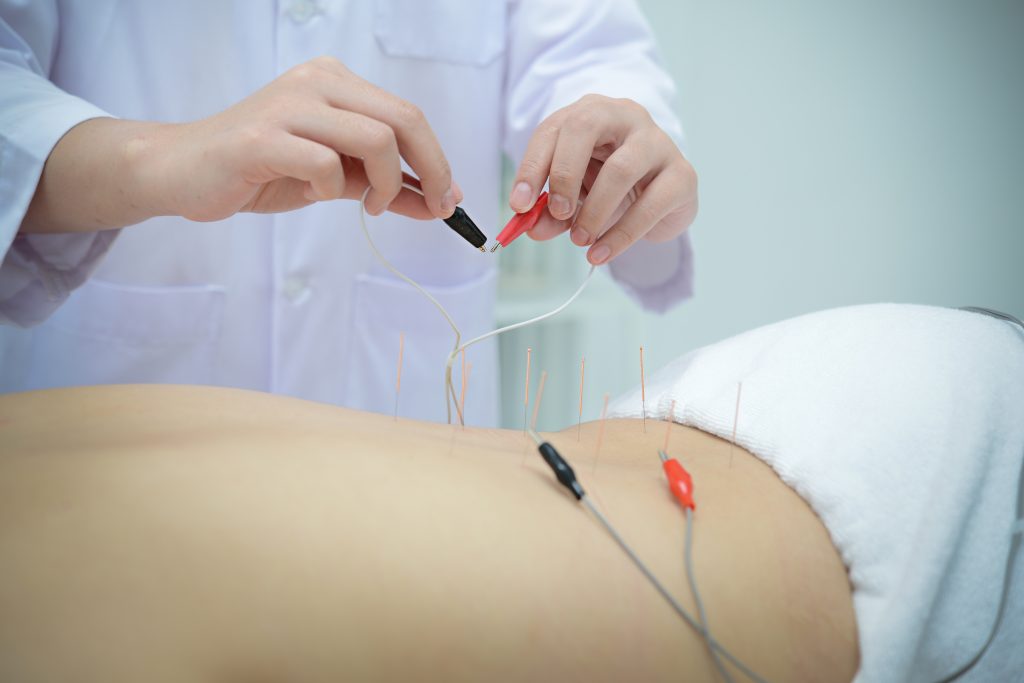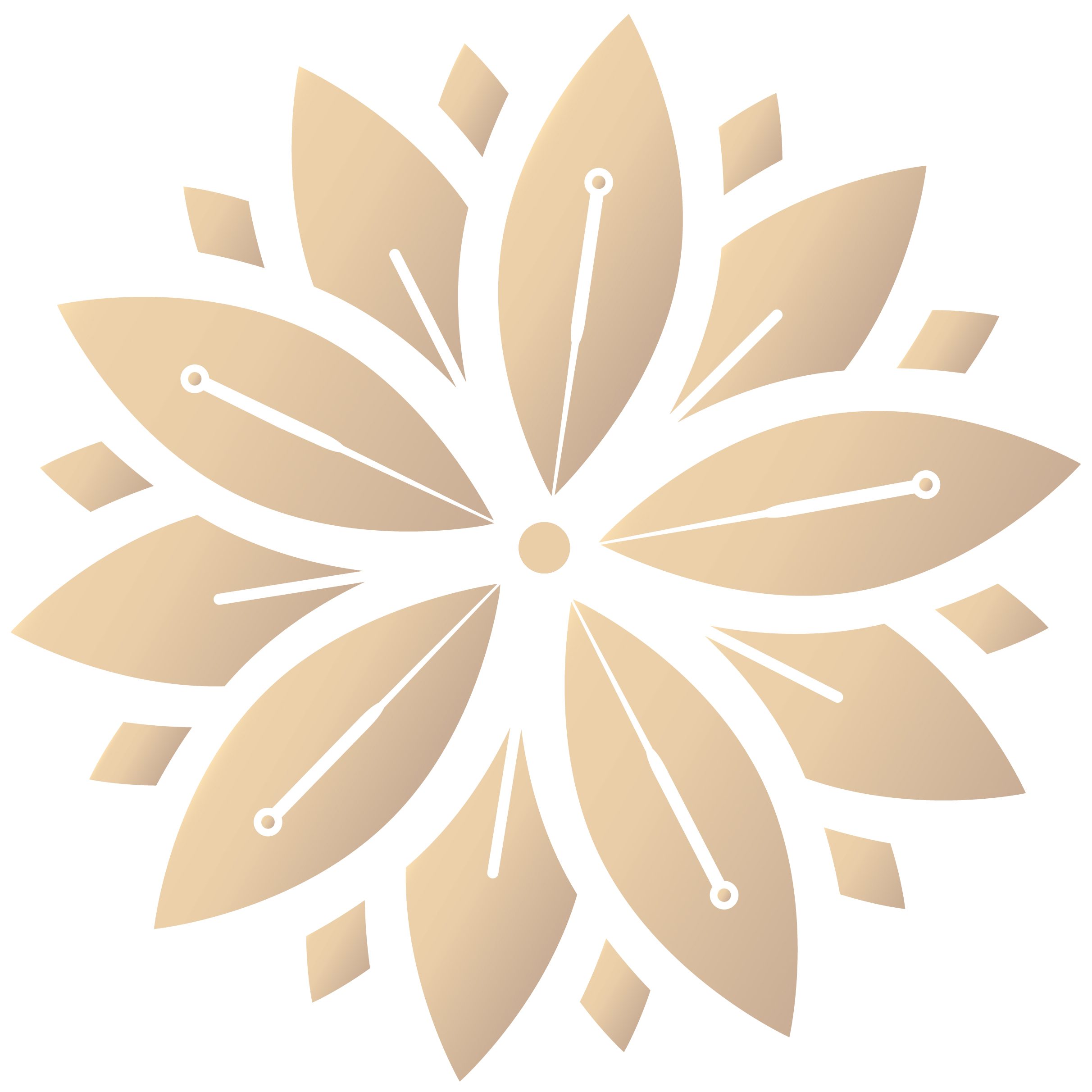
Nerve damage is a common issue that affects many individuals in Australia. In fact, symptoms of nerve damage, including pain, long-term numbness and lack of movement, are commonly experienced in day to day activities, depending on which nerves have been affected.
The most common method of nerve repair is through physiotherapy, surgery, medication, and electrical stimulation. However, there are downsides to these treatments, and the results are not guaranteed. That is why more and more medical practitioners refer patients to acupuncture as it is an effective and safe treatment option for many types of nerve damage.
There are several classifications when it comes to nerve damage, and all are based on the patient’s symptoms. The names of these symptoms are classified according to what we see in nature, and these will include the following:
- Phlegm – this damage will commonly lead to numbness.
- Cold – this damage occurs seasonally, and it is associated with throbbing pain, and the contraction between muscle and sinew occurs.
- Wind – these muscle spasms, stiffness, twitching, and uncontrolled movement.
- Damp – this damage will often result in sharp or severe pain, quick exhaustion, tingling sensations, and swelling.
Learn more about acupuncture terminology
How acupuncture treats these symptoms
- Moxabustion
This is considered a heat-based therapy that uses herbs to treat spasm, exhaustion, and inflammatory tingling sensations.
- Electric-based acupuncture
This treatment will use electrodes that are commonly placed on the needles. This therapy’s main goal is to cure stubborn pains, lack of movement, and severe pain sensation. This method is also great for boosting the growth of the nerves as well as stimulating damaged nerves.
- Plum blossom treatment
This treatment’s primary goal is to boost and promote sensory nerve re-growth in specific areas. This will usually result in reduced pain since re-growth of specific nerves will halt inflammations and febrile conditions.
Some notable research linking acupuncture and nerve repair
Studies conducted by several notable researchers in the Neural Regeneration Research has suggested that acupuncture can help mend upper and lower limb motor nerves. Several tests were done on patients who are experiencing electromyographic nerve damage, and there was a positive response of up to 80% of patients participating in the study.
Most patients confirmed significant improvements in their body, especially in their pain, and they can now freely move some of their joints, unlike before the treatment. In fact, researchers have found out that there is a set of acupoints (acupuncture points) that can promote good responses to certain nerves at a high rate.
They also found out that when these points were used in the treatment, there was more than 35% effective response. Also, when practitioners added the Du meridian points, there was almost an 80% effective response.
What are Du meridians?
These are commonly known pathways made up of 28 points located in the midline of our back under our spines. This is where the vertebral function often occurs, so it’s ideal to concentrate the acupuncture needles on these points. These are the points where conditions like numbness, tremors, brain ailments, infertility, and other febrile diseases are treated.
Overall, acupuncture is becoming more popular in the west, especially for people who are looking for an effective alternative treatment for their nerve repair needs. If you are interested in acupuncture, we suggest that you contact Belinda Tran, a certified and experienced practitioner who can help you with many of your health concerns.
